Are you tired of spending hours hoeing, digging, and manually cultivating your garden bed? Look no further than a garden rotavator! This powerful machine has become a staple tool for both experienced gardeners and beginners alike, offering a time-saving and efficient solution for tilling soil and preparing flower beds or vegetable patches. In this article, we will explore the ins and outs of garden rotavators, their benefits, types available, and essential tips for using them effectively. 1. Understanding Garden Rotavators: A garden rotavator is a mechanized tool designed to break up compacted soil, remove weeds, and create finer seedbeds. This versatile device essentially replaces traditional manual labor by utilizing rotating tines or blades to break, turn, and mix soil, resulting in a softer, looser, and more workable ground. 2. Advantages of Garden Rotavators: 2.1 Time and Energy Saving: Garden rotavators significantly reduce the time and effort required for soil preparation. They allow you to cover larger areas quickly and efficiently, sparing your back from hours of laborious digging and turning the soil.

.
 2.2 Improved Soil Structure and Nutrition: The action of a garden rotavator aids in breaking up compacted soil, promoting better drainage and root penetration. It also incorporates organic matter, such as compost or manure, effortlessly enriching the soil with essential nutrients. 2.3 Weed Control: Rotavating your garden bed helps to remove existing weeds and prevent their growth by uprooting and burying their seeds deep within the soil. This reduces the chances of weed regrowth and minimizes the need for herbicides. 3. Types of Garden Rotavators: 3.1 Front-Tine Rotavators: These entry-level machines have rotating tines positioned in front of the wheels, ideal for smaller gardens and lighter soil. They are typically more maneuverable and easy to handle due to their forward-pulling motion. 3.2 Rear-Tine Rotavators: Best suited for larger plots and heavy-duty tasks, rear-tine rotavators have the blades located behind the wheels. They provide greater control and power, making them effective for breaking up hard and compact soil.
2.2 Improved Soil Structure and Nutrition: The action of a garden rotavator aids in breaking up compacted soil, promoting better drainage and root penetration. It also incorporates organic matter, such as compost or manure, effortlessly enriching the soil with essential nutrients. 2.3 Weed Control: Rotavating your garden bed helps to remove existing weeds and prevent their growth by uprooting and burying their seeds deep within the soil. This reduces the chances of weed regrowth and minimizes the need for herbicides. 3. Types of Garden Rotavators: 3.1 Front-Tine Rotavators: These entry-level machines have rotating tines positioned in front of the wheels, ideal for smaller gardens and lighter soil. They are typically more maneuverable and easy to handle due to their forward-pulling motion. 3.2 Rear-Tine Rotavators: Best suited for larger plots and heavy-duty tasks, rear-tine rotavators have the blades located behind the wheels. They provide greater control and power, making them effective for breaking up hard and compact soil.
..
 4. Effective Use of Garden Rotavators: 4.1 Prepare Your Soil: Remove any large rocks, debris, or persistent weeds from the area before using a rotavator. Also, be mindful of underground utilities such as irrigation systems or cables. 4.2 Adjust Depth and Speed: Set the depth adjustment lever as per your soil’s condition and desired outcome. Start at a slower speed on compacted soil and increase gradually to avoid overwhelming the machine. 4.3 Safety First: Wear appropriate protective gear such as gloves, boots, and eye and ear protection before operating a rotavator. Familiarize yourself with the machine’s safety features, shut off the engine when not in use, and store it in a safe place. 4.4 Maintenance: Clean the rotavator after each use, ensuring a longer life span. Regularly check oil levels, lubricate moving parts, and sharpen blades as needed.
4. Effective Use of Garden Rotavators: 4.1 Prepare Your Soil: Remove any large rocks, debris, or persistent weeds from the area before using a rotavator. Also, be mindful of underground utilities such as irrigation systems or cables. 4.2 Adjust Depth and Speed: Set the depth adjustment lever as per your soil’s condition and desired outcome. Start at a slower speed on compacted soil and increase gradually to avoid overwhelming the machine. 4.3 Safety First: Wear appropriate protective gear such as gloves, boots, and eye and ear protection before operating a rotavator. Familiarize yourself with the machine’s safety features, shut off the engine when not in use, and store it in a safe place. 4.4 Maintenance: Clean the rotavator after each use, ensuring a longer life span. Regularly check oil levels, lubricate moving parts, and sharpen blades as needed.
…
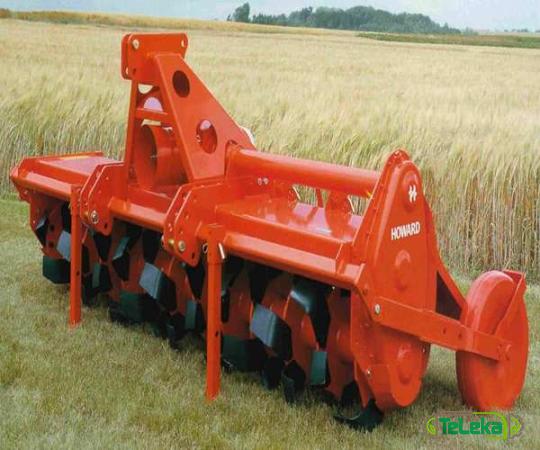 Conclusion: Investing in a garden rotavator can be a game-changer for avid gardeners and landscapers looking to save time, increase productivity, and achieve better gardening results. By understanding the types, benefits, and effective use of these machines, you can transform your garden into a flourishing haven without breaking your back. So don’t hesitate to explore the world of garden rotavators and take your gardening experience to the next level.
Conclusion: Investing in a garden rotavator can be a game-changer for avid gardeners and landscapers looking to save time, increase productivity, and achieve better gardening results. By understanding the types, benefits, and effective use of these machines, you can transform your garden into a flourishing haven without breaking your back. So don’t hesitate to explore the world of garden rotavators and take your gardening experience to the next level.


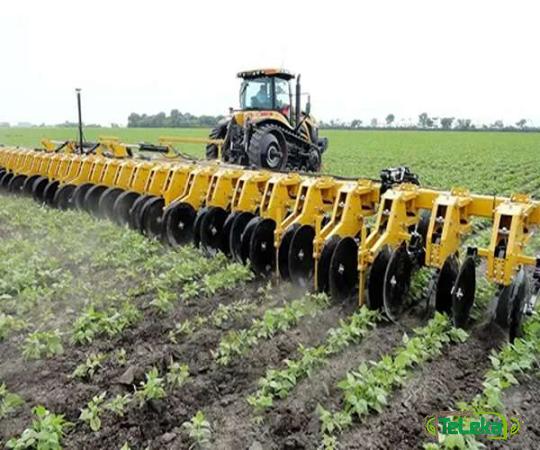
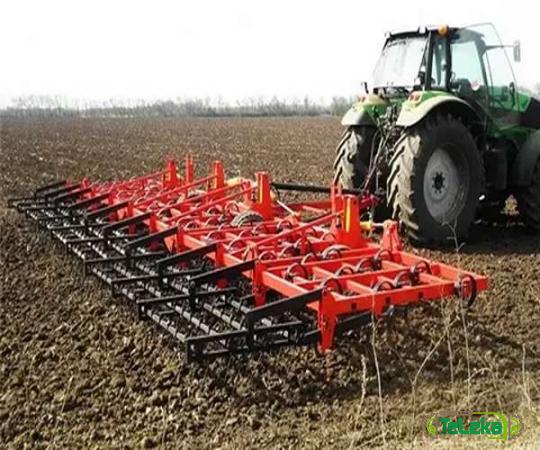


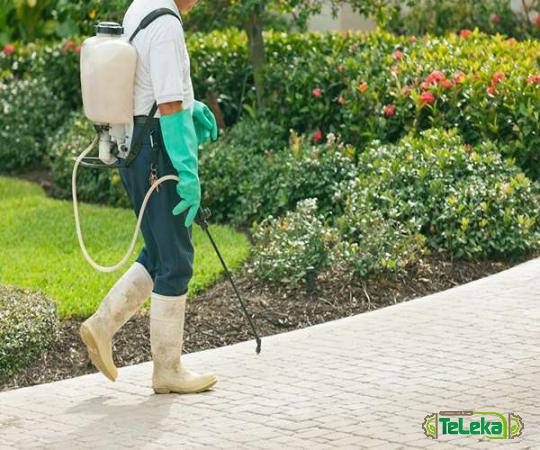

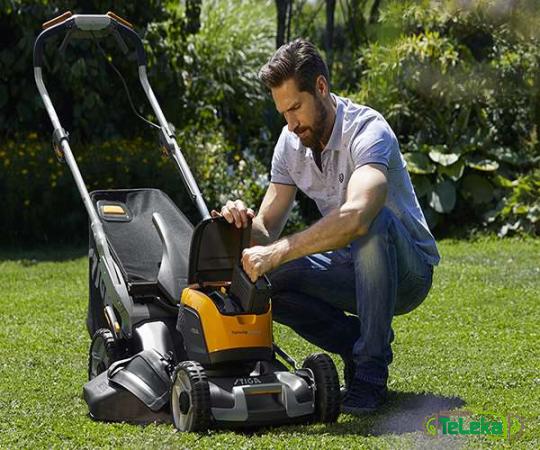

Your comment submitted.